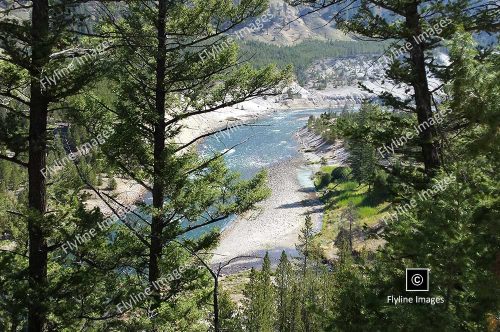This gorgeous photo of a Mallard Duck was taken at Trout Lake in Yellowstone. The area is a hot spot for wildlife and photography enthusiasts, offering rich opportunities to capture the diverse flora and fauna..
Mallard Duck-CAN-0870-P
$10.00
Description
This gorgeous photo of a Mallard Duck was taken at Trout Lake in Yellowstone. The area is a hot spot for wildlife and photography enthusiasts, offering rich opportunities to capture the diverse flora and fauna. Surrounded by stunning landscapes and bustling with nature’s vibrancy, Trout Lake promises a rewarding experience for anyone with a keen eye for nature and wildlife photography.
The Mallard Duck is a common and widespread duck species found throughout the Northern Hemisphere. They are highly adaptable to various habitats, including wetlands, marshes, lakes, and ponds. Despite their widespread distribution, Mallards still retain their natural beauty and charm.
One of the most distinctive features of the Mallard Duck is its vibrant plumage. The male has a striking green head with a white neck ring and chestnut-brown breast. In contrast, the female has more subdued coloring with mottled brown feathers for camouflage during nesting season. Both sexes have a bright blue patch on their wings known as a speculum, which can be seen during flight.
In addition to its stunning appearance, the Mallard is also known for its interesting behaviors. Male Mallards perform elaborate courtship displays to attract females, including head-bobbing, tail-wagging, and whistling calls. They are also highly social birds, often seen in large groups or pairs.
Apart from being aesthetically pleasing and fascinating creatures to observe, Mallards play an essential role in their ecosystem. As dabbling ducks, they feed on aquatic plants and insects, helping to control populations of these organisms. They also serve as prey for other animals such as foxes, coyotes, and eagles.
Visitors to Trout Lake can witness these beautiful ducks in their natural habitat throughout the year. In the spring and summer, they can be seen raising ducklings, while in the fall and winter, they gather in large flocks for migration. Photographers can capture their graceful movements on the water or in flight, showcasing their beauty and adaptability.
Image & Download Information
When you purchase this photo, you will be granted access to download the image. We have provided 1 image option, 2500 x 900 or larger.






